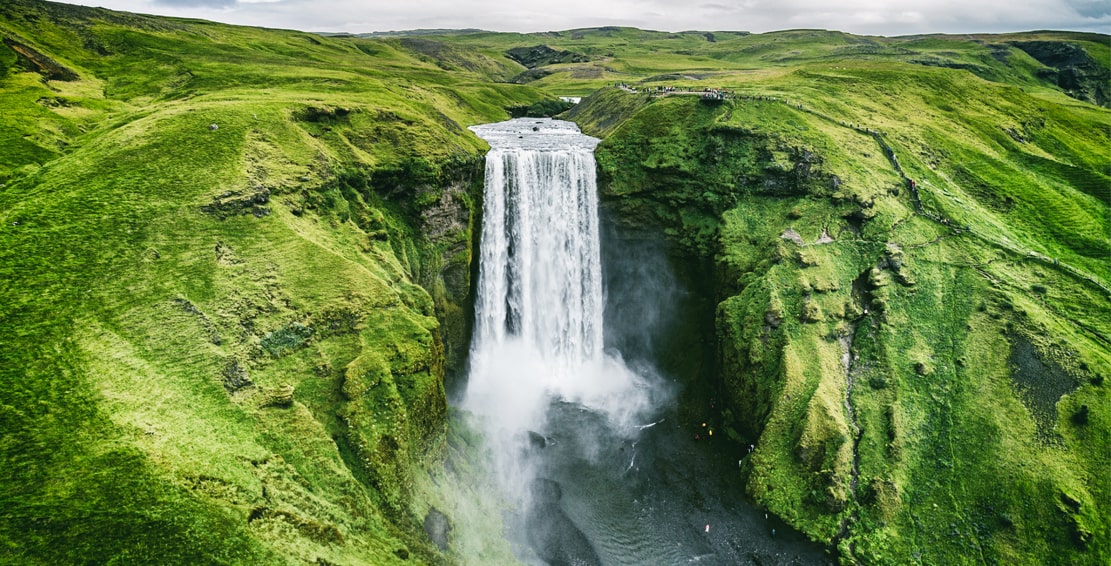
Can Fast Development of Green Energy Become a Problem? Yes, Ask Iceland
Almost all electricity in Iceland is from renewable sources: water, the Earth’s heat, and wind. It’s enough to meet the needs of the population. At the same time, the country is one of the leaders in terms of per capita GHG emissions in Europe. The main reason is pollution from aluminum smelters that are taking advantage of Iceland’s abundant resources. The island produces around 18 TWh per year. Only 5% of this energy is consumed by households and approximately 80% is sold at very low prices to the heavy industry.
The Icelanders haven’t decided yet what is more important — keeping the landscape pristine, as it attracts most of their tourists who bring Iceland 1/10 of its GDP, or increasing energy production and kick-starting its export.
For several decades Iceland’s largest state-owned power company Landsvirkjun has been promoting IceLink, a power cable between Iceland and the UK, as a byword for progress that breaks through geographical isolation. To produce more energy for export Landsvirkjun will have to build dams and reservoirs, drill wells, and install windmills. Iceland’s reputation as Europe’s last untouched land is at stake. Are there any other options?
Small and medium-sized enterprises! Located at the center of the Elliðaárdalur valley in Reykjavík, once a coal plant Toppstöðin became an embodiment of a different kind of energy Iceland could harness to nourish its economy: creativity coupled with diversity. Constructed in 1948 and shut down in 1986, the edifice was supposed to be demolished at a cost of US$2 million but instead was transformed into a co-working space, business hub, and artists’ haven. Anyone can become a Toppstöðin’s resident for merely $100 per month. A bunch of talented young people — from underwear design mavens to video production geeks to engineers and developers — can benefit from being a part of this daring and diverse community of fledgling ventures. Together they generate ideas and turn them into products. A large-scale up-cycling project, Toppstöðin can be regarded as a model for other places striving for an efficient transition to the post-fossil fuel future.
However, it doesn’t promise to be any easier for Iceland. In recent years, the country has become a magnet for cryptocurrency enthusiasts because of its cool climate and, again, affordable energy that makes running big server farms relatively inexpensive. Iceland’s nascent crypto mining industry is growing dangerously fast already sapping around 850 GWh (more than homes of the country’s 338,349 citizens). Companies like BitFury and Genesis, both based in Keflavík (about 50 km from the northernmost capital), can achieve profitability only at large scales. Therefore their appetites for electricity are unquenchable.